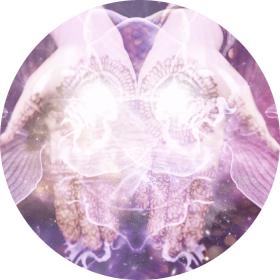The Law of Form

Uncover hidden superstitions meanings
The Law of Form teaches that there is a tendency for all people to be a type of “form.”
The terms used in character reading should be associated with all known forms, and names outside this should be avoided in descriptions as far as possible. The application of the Law of Form enables us to distinguish the difference between the shapes of objects, and the difference in form always indicates a difference in function.The functions of the organs of sense differ as do the form, and we make no mistake about the function of each.
The function of the vital organs of the body is to act ; a vehicle for the generation of life force, and we judge the extent of vitality from the outward form of the body. The function of the bones and muscles is to act as vehicle for strength and endurance, and the external appearance enables us to estimate to what extent the strength of endurance may be put. The function of the brain and nervous system is the vehicle for mental action, and we judge from the external form of the head the direction in which the mentally is manifested. In like manner we may judge from the form of the face and every individual organ of the body, the character of its function and capacity for a given purpose.
If we carry the Law of Form back into the realms of the animal and vegetable kingdoms, we find the law will still operate. Everything is classified according to form, and the form determines to what purpose the life behind the form can use it as vehicle for manifestation. Much could be written to illustrate this law. We could give innumerable examples to show that the character of animals even of the same species differ according to their difference in form.
But our special object is the application of the Law of Form to mankind, and the Caucasian race in particular, and we find there is a greater variety of form in the Caucasian race than in the Mongolian or Ethiopian races, and therefore a greater variety of character and capacity. If it is not the difference in form which enables us to distinguish from the portraits of men, the fool from the philosopher, the moral from the immoral, the selfish from the unselfish, what is it ?
As a general rule straight lines and sharp angles represent positive and masculine conditions, and graceful curves, whether convex or concave, represent negative and feminine conditions. It therefore follows that when the natural law is applied to determine the form or shape of any part of the body, we may be sure that one or other of the foregoing qualities are part of the character as the case may be, and may be incorporated into the delineation.
By Florance Saul
Mar 27, 2013







